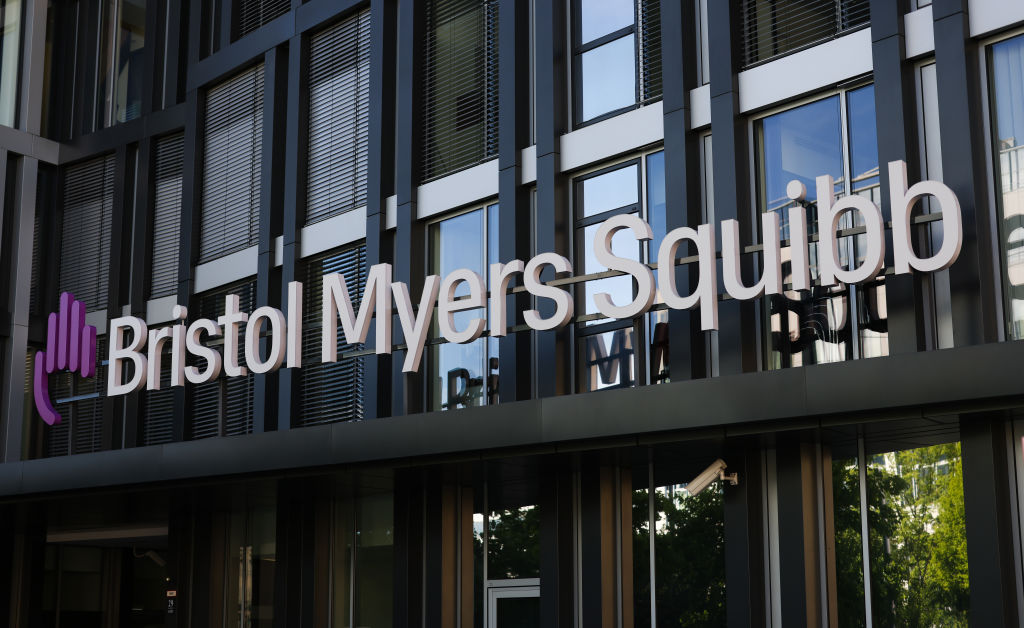Bristol Myers Squibb’s efforts to diversify its cancer portfolio beyond immunotherapies brought to their pipeline. It is now expanding its scope of the Harmaceutical radio to prostate cancer with a license agreement for an initial compound of Philochem.
The subsidiary of Radioarmaceuticos de BMS, Rayzebio, is licenseing the global rights for Oncoacp3 of Philochem, which is developing as a diagnostic agent and a specific therapy for prostate cancer. The pharmaceutical giant is paying $ 350 million in advance for the global rights of the asset, according to the terms of the agreement announced Tuesday night.
Oncoacp3 is a small molecule is designed to join specifically acidic phosphatase 3 (ACP3). This enzyme is abundant in prostate cancer cells, which makes it valuable both to diagnose the disease and to serve as a biomarker for directed therapy. For diagnostic applications, Oncoacp3 is combined with the Radioisotope Gallium 68 (68ga).
Philochem has reached phase 1 or 68GA-Ocacp3 tests as a radio for the diagnostic images of prostate cancer. The company said that the initial data of the first group of patients evaluated with this diagnostic candidate have shown selective absorption by tumor cells but not healthy cells. The molecule also remained in tumors for a long time.
Philochem said that preclinical research to support an application to advance Oncoacp3 to a phase 1 test as prostate cancer therapy is ONS. The therapy will match the small molecule with Actinium 225, a radioisotope of alpha emission. Actinium-225 is also the radioactive part used by Rayzebio, which BMS acquired last year in an agreement of $ 4.1 billion.
Rayzebio’s most advanced program is Ryz101, a therapy currently in phase 3 tests for gastroenteropancreatic neuroendocrine tumors (GEP-NET), a type of gastrointestinal cancer. This study is specifically recruiting patients whose disease has not responded to treatment with Lutatha, a navartis radio navartis granted the approval of the FDA for GEP networks in 2018. Lutatera Employment Employment The particular beta Lutetium-177. Compared to beta parts, the alpha parts provide greater energy that offers a better tumor killing capacity. Ryz101 could compete against Sanofi and Eli Lilly Radioharmaceuticals that come from acquisitions.
Rayzebio is exploring Ryz101’s potential in other cancers. The separate tests of phase 1 of the radiharmaceutical are registering patients with human resources postcard, her2 negative breast cancer and lung cancer with small internships small cells.
Beyond the sum in advance that BMS is paying for Oncoacp3 of Filochem, the company based in Otelfingen, Switzerland, could deliver up to $ 1 billion more in payments of milestones linked to the progress of the program, in addition to the radiptías of the raditals of the radio radio radio lines of the radialities. The agreement is expected to be subject to the regulatory approach and other usual closure conditions, closing in the third quarter of this year.
“This collaboration with Philochem improves our leadership in the space of radioharmaceuticals that advance rapidly, according to our strategy to present the best RPT candidates of the class,” said Rayzebio president Ben Hickey. “Oncoacp3, with its initial encouraging security profile, provides a differentiated entry for Bristol Myers Squibb and Rayzebio in the field of prostate cancer, based on our leadership in the development of RPT based on actinium.”


